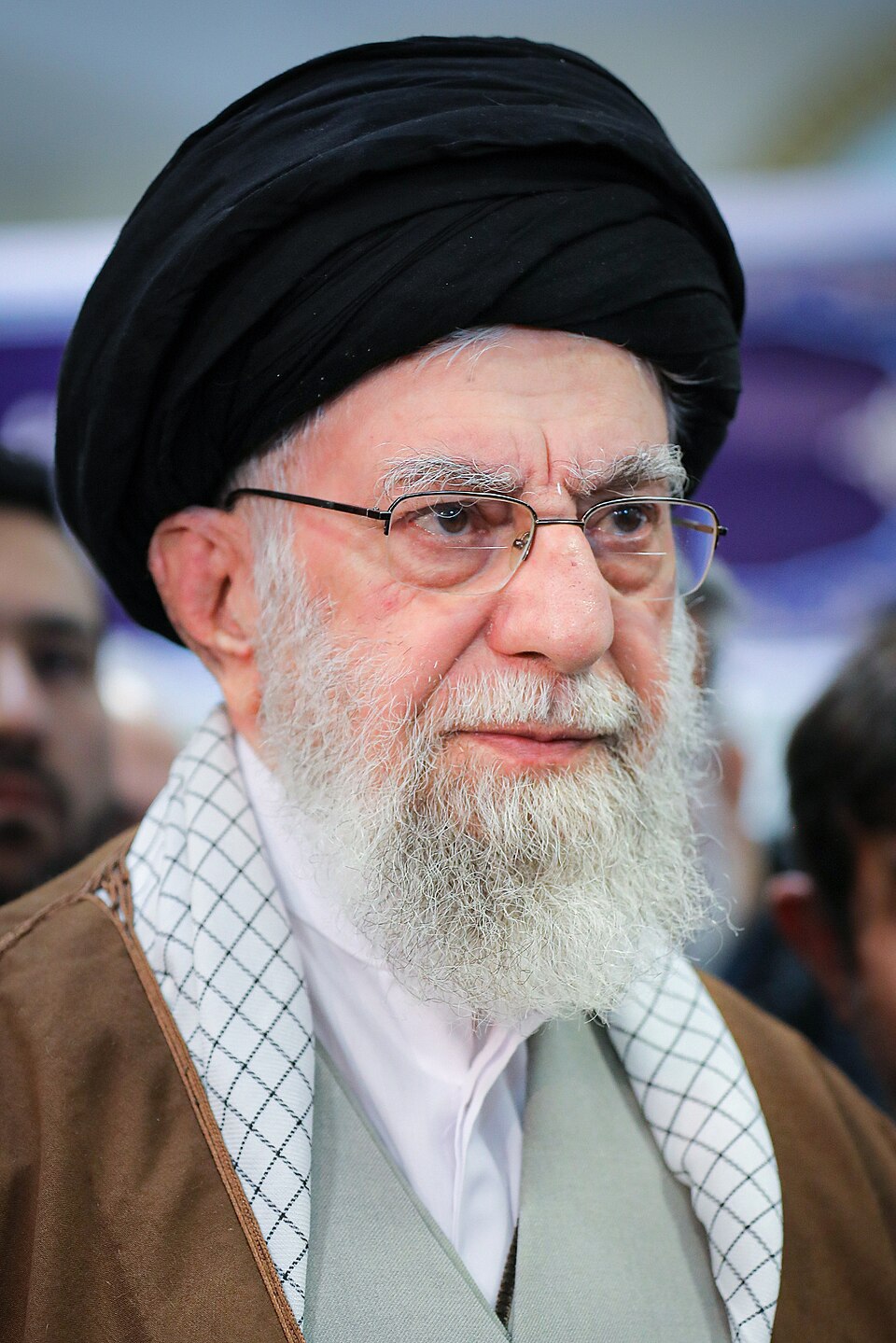
Introduction
Ali Khamenei, the Supreme Leader of Iran, holds a pivotal role in shaping the country’s political, religious, and social landscapes. As the successor to the late Ayatollah Khomeini, Khamenei’s leadership has been marked by a complex interplay of domestic challenges and international pressures. Understanding his influence is essential for analyzing Iran’s current stance on geopolitical issues and its internal governance.
Khamenei’s Ascension to Power
Khamenei became Supreme Leader in 1989 following Khomeini’s death. His tenure has been characterized by an unwavering adherence to the principles of the Islamic Revolution. He has repeatedly emphasized Islamic governance and the need for resistance against Western influence, particularly from the United States. Khamenei’s close ties to the military and security apparatus have consolidated his power, allowing him to maintain control amidst a turbulent political environment.
Recent Developments in Iran’s Politics
In 2023, Iran has faced significant challenges, including internal protests triggered by economic hardships and calls for social reforms. Khamenei’s administration has responded with a blend of suppression of dissent and carefully controlled reforms. For instance, he has attempted to project a more moderate image by appointing relatively reformist figures in governmental roles, yet the overall approach to dissent remains hardline. The consequences of these actions have implications not just for domestic stability but also for Iran’s foreign relations.
Khamenei and International Relations
Khamenei’s foreign policy is primarily characterized by resistance to the U.S. and support for regional allies in conflicts across the Middle East. His commitment to the nuclear program has heightened tensions, particularly after the U.S. withdrawal from the 2015 nuclear deal. The geopolitical stakes have been raised, with several nations watching closely how Khamenei navigates these turbulent waters. He has adopted a dual approach of defiance coupled with strategic negotiations, reflecting a calculated stance to maintain Iran’s sovereignty while seeking potential avenues for economic relief.
The Significance of Khamenei’s Leadership
As Khamenei approaches four decades in leadership, his influence remains a major factor in both Iran’s internal politics and its international relations. The intersection of his hardline stance and national interests positions him as a formidable player on the global stage. Observers note that his policies may significantly shape the future trajectory of Iran’s development, and eventually, his approach may dictate the terms of Iran’s interactions with other nations, particularly in the face of ongoing sanctions and international scrutiny.
Conclusion
In summary, Ali Khamenei’s role as Supreme Leader of Iran cannot be understated. His influence will continue to shape the political dynamics within the country and determine Iran’s international positioning for the foreseeable future. As domestic unrest combines with external pressures, the decisions made under his leadership will remain critical to understanding the future of Iran in today’s complex geopolitical landscape.



